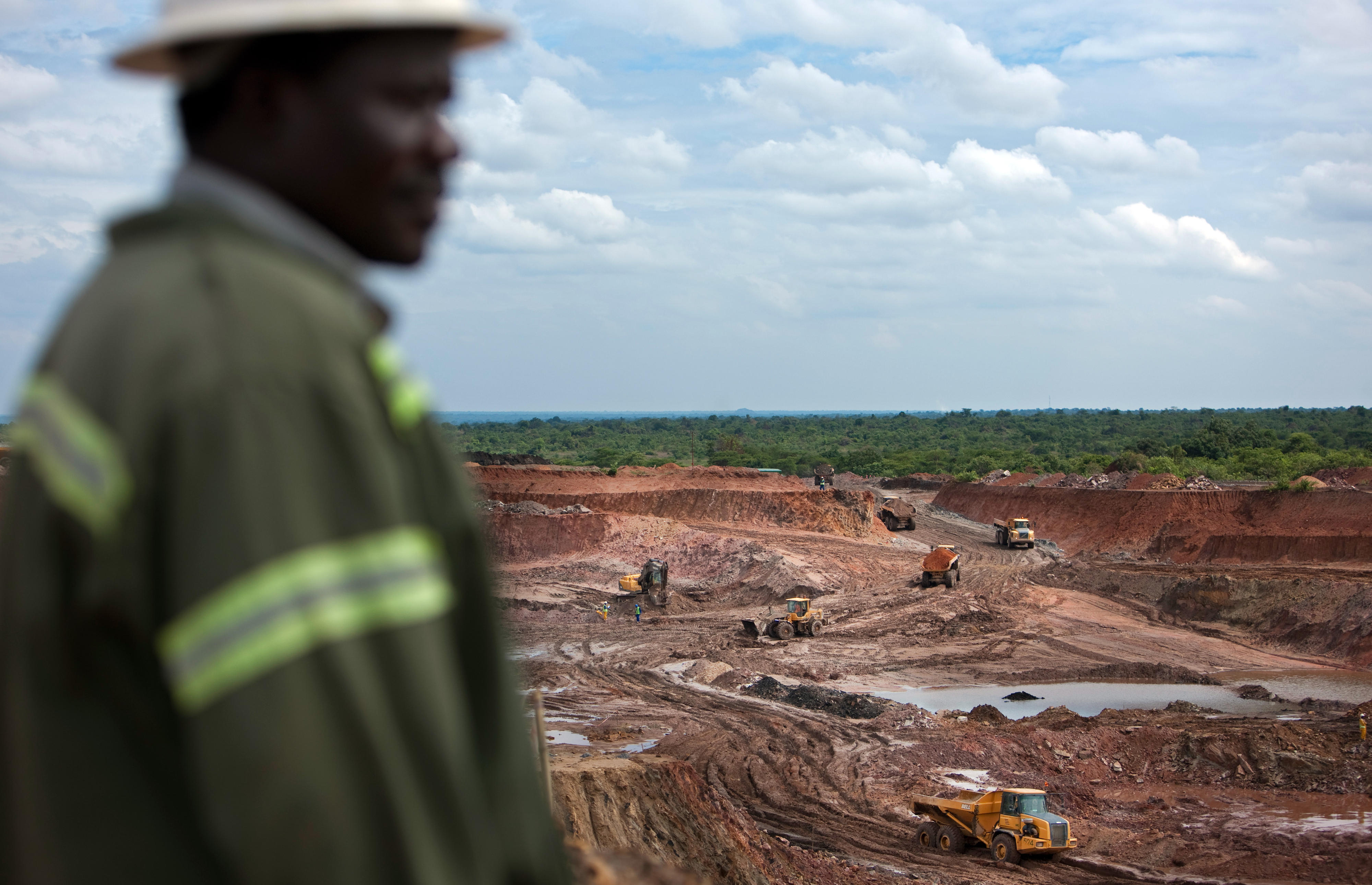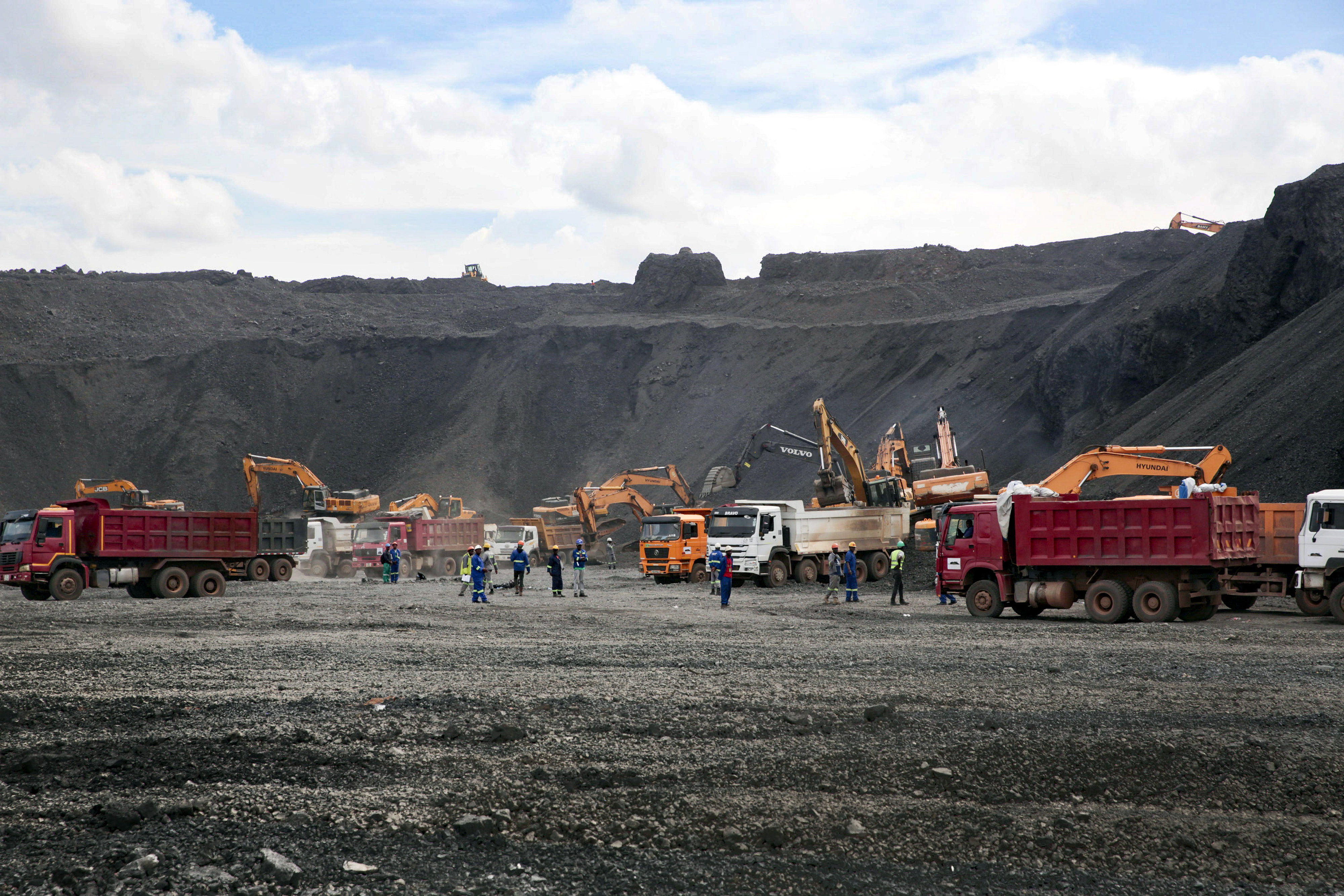Copper mine in Kitwe, Zambia
Copyright© Thomas Trutschel/photothek.net
Economic situation High levels of public debt
Payment for large energy imports in times of drought, foreign borrowing going into the billions and excessively expensive public investment projects have been major factors in the state accumulating a massive level of public debt, amounting to 129 per cent of gross domestic product in 2020. The temporary drop in world market prices for the country's main export commodity, copper, and the costs related to the COVID-19 pandemic are an additional burden for Zambia's budget. Interest payments that were due in November 2020 could not be met – making Zambia the first country to default on its debts during the COVID-19 crisis. Zambia therefore applied for debt restructuring under the G20 Common Framework for Debt Treatments.
The government that was newly elected in 2021 immediately took a number of important initial steps to overcome the debt crisis. In December 2021, Zambia concluded a first agreement with the IMF, which is meant to serve as the basis for a support programme to assist economic recovery and stabilise the country. The IMF formally approved its support programme in August 2022 after the main official creditors, including China, had stated that they would support the effort. In June 2023, Zambia reached fundamental agreement with its official creditors. In October 2023, a Memorandum of Understanding was signed between them and Zambia to lay down the details of the debt restructuring, a milestone in the process. The next step towards the Memorandum's implementation will be bilateral debt rescheduling agreements with each official creditor that are binding under international law.
High dependence on extractive industries
Zambia is rich in mineral resources. Metal ores, especially copper, account for roughly three quarters of its exports. And demand is increasing, for instance for cobalt, which like copper is needed for the construction of electric cars. Because it is so dependent on exporting, however, Zambia's economy is very vulnerable to fluctuations in prices on the international commodities market.
Slag pile of the Mopani Glencore copper mine in Zambia in January 2019
Development potential
Zambia's agricultural sector, in particular, offers huge development opportunities, not least because the country has comparatively large water resources. At the same time, agricultural production is increasingly affected by climate change. Up until now, it has accounted for only about three per cent of gross domestic product, despite employing roughly half the population. Large numbers of people in Zambia depend on small-scale farming and use no farming machinery at all. Experts believe that Zambia could produce significantly more food and even export to other countries in the region.
The Hichilema government is planning reforms in the energy sector, also aimed at overcoming the high level of debt accumulated by Zambia's public electricity utility, ZESCO. Roughly 85 per cent of the country's electricity is generated by means of hydropower. So far, only 47 per cent of Zambia's people have access to electricity and in rural regions the rate is as low as 15 per cent. One answer to the problem could be off-grid solutions.
As at: 30/10/2023

